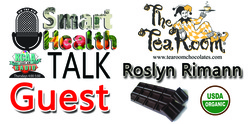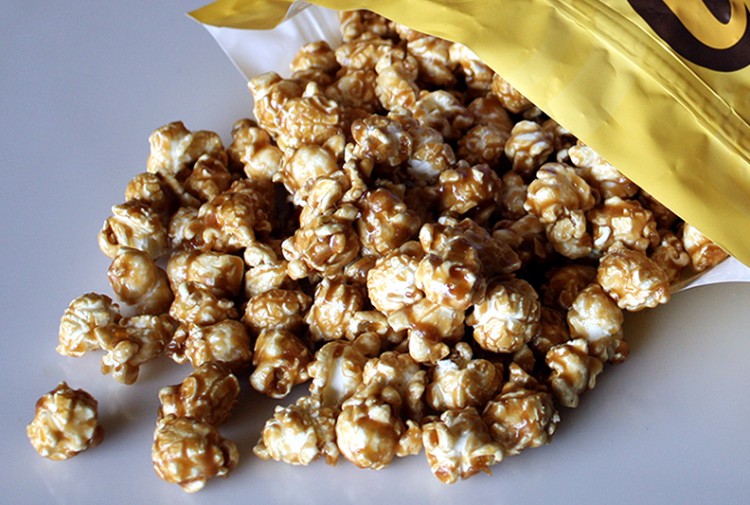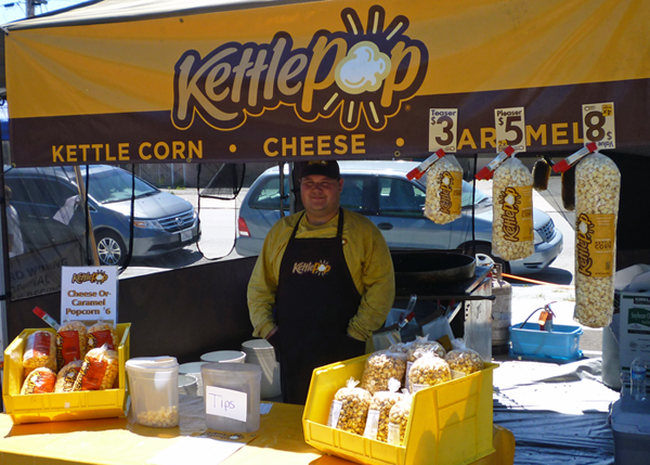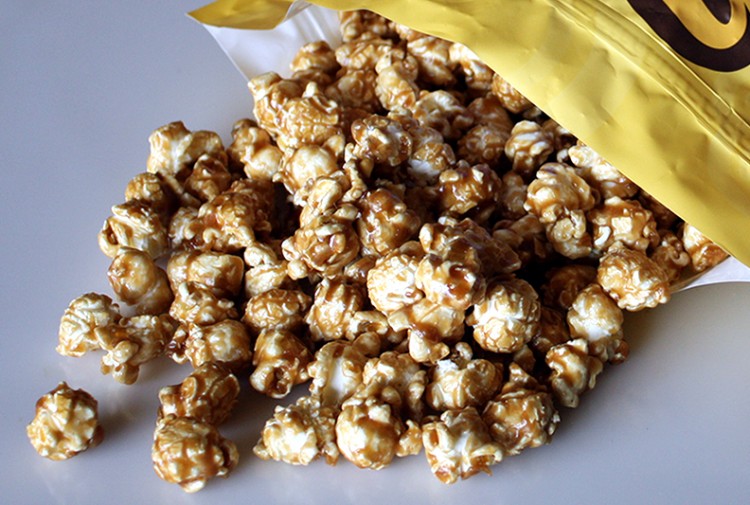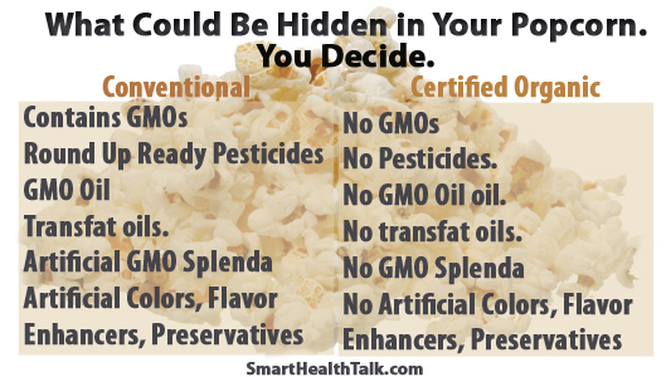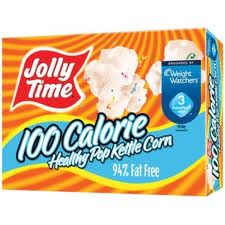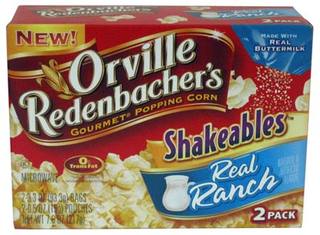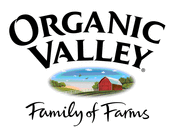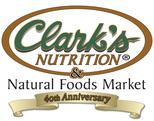|
|
|
Watch our Kettle Pop interview to find out what might be in your popcorn and you didn't know it. Prepared to be shocked!EatLocalGrown.com helps connect people with local farmers. Have a farmer that is also PhD in biology that delivers to my house weekly. For $25 get two dozen eggs and fresh f/v. Work into my meals. Don't have to shop for those items and then focus on whole foods for simple meals. Would like to someday be able to afford to buy bulk organic beef and chicken. Mostly use organic grassfed ground beef and chicken right now. Can also buy NON FARMED salmon and other great seafood directly from Alaskan fisherman and freeze. Could talk to some of these fisherman about getting a group discount. Could be a church, friends, family that could buy bulk together and save like we did back in the food co op days which is becoming revitalized all over the country. Forget we used to survive w/o the super store. We could take care of ourselves with most needs.
Government food guide pyramid sets people up to gain weight. Dietitian and no way could eat 6-11 servings of grains/day w/o gaining weight. Best rule: 1/2 plate farm fresh organic fruits/vegetables, 1/2 high quality organic protein (grassfed beef, organic chicken, wild salmon, organic eggs, beans, high protein grains like quinoa, whole grain brown rice, Fiber Plus Three, nuts, raw/organic dairy. 1/4 organic dairy. Wt loss steps: The bulk foods aisle of the local grocery store can be an intimidating place for a first time bulk shopper. What do I write on the bag? How much should I get? We’re accustomed to having our food packaged for us, but a new study reveals that not only is buying in bulk environmentally friendly, but also economically savvy. The Portland State University study, in partnership with the Bulk is Green Council (BIG,) found that consumers can save an average of 89 percent by shopping for their natural and organic foods in the bulk aisle. To come up with that figure, researchers compared bulk organic foods with packaged organic foods, like nut butters, tea, grains, dried fruit and more. Bulk foods might have one disadvantage – they don’t have as much visual flair – and that’s likely where the economic savings come into play. The findings show that marketing bulk foods over pre-packaged varieties saves an average of 54 percent on delivery costs and packing material. Those savings, of course, are passed on to the environment, which sees a reduction in cardboard, plastic and other packaging waste. For example, the study suggests that if Americans dropped their thirst for prepackaged coffee and went to the bulk foods aisle to get their fix for a full year, it would result in a drop of nearly 240 million pounds in foil packaging. “We’ve long touted shopping in the bulk foods aisle as the most economical and environmentally friendly way to shop, and now we have the data to back up those claims,” says Todd Kluger, founding member of BIG and VP of marketing at Lundberg Family Farms in a statement. “Even better, with more and more U.S. grocery stores now offering a larger selection of bulk foods, these benefits are widely accessible.” |
|
